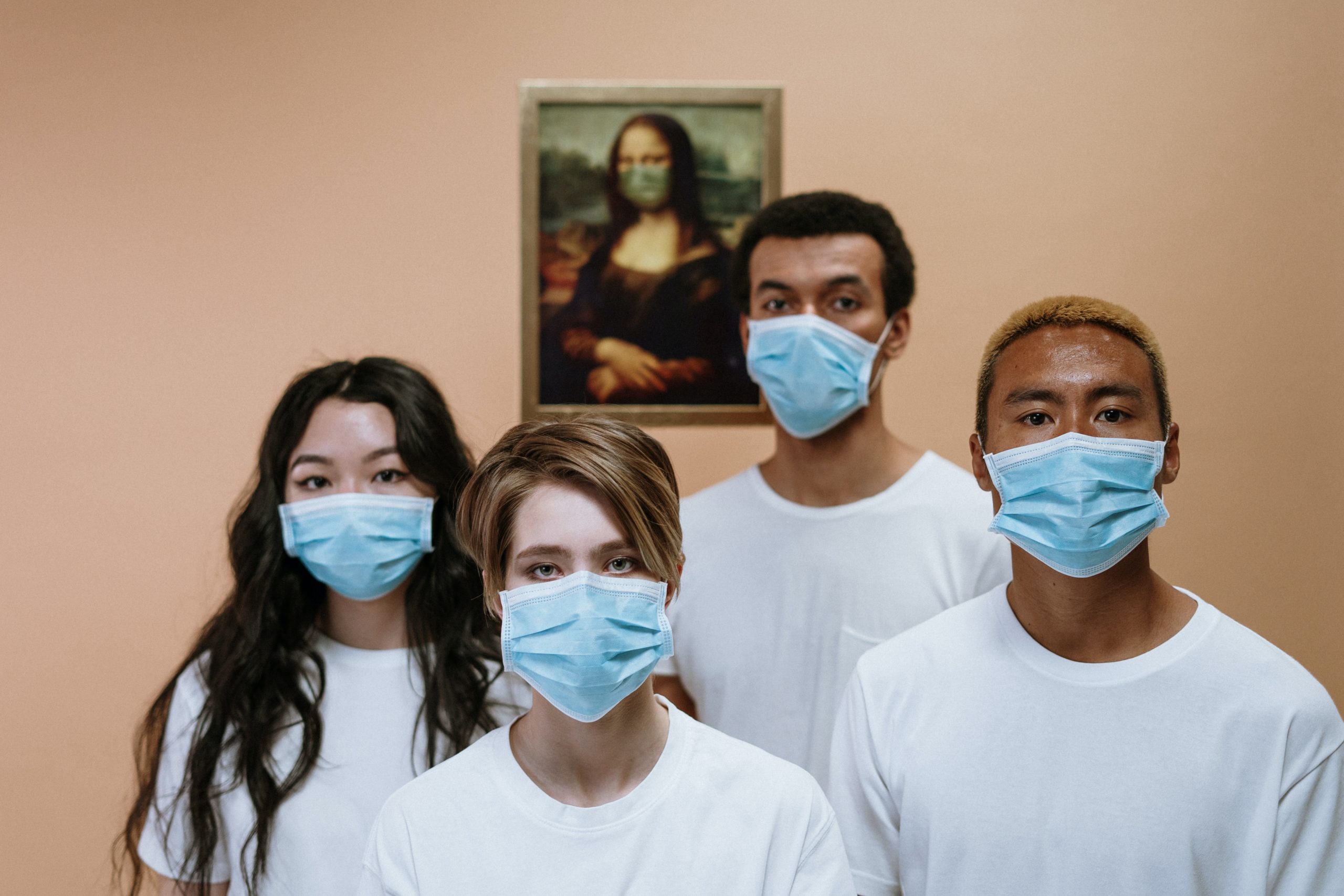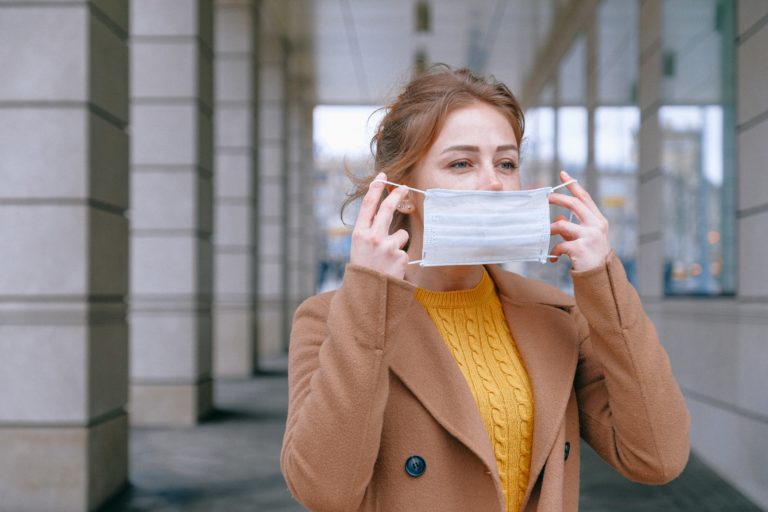
How museums and galleries are preparing for the ‘new normal’?
Safe – and sound
At the top of everyone’s agenda is of course safety. Maintaining physical restrictions with clear, accessible signage outlining lanes and one-way systems should be simple enough for creative exhibition designers. But it’s going to take a lot more to earn audience confidence.

Building audience confidence is a huge part of the equation, but it must be complemented by a renewed and innovative sense of purpose among curators and producers. There is an imperative to decolonise the way we display museum collections and programme exhibitions and theatrical productions and we must focus far more on accessibility, inclusion, equality and diversity. Alongside this, there is a need to create genuinely engaging content that will be strong, exciting and relevant enough to make it worthwhile coming out of lockdown bubbles.
Engaging in the virtual space
Online access to vast collections of artworks and magnificent performances has been a genuine joy to many people for whom the loss of access to culture would otherwise have been depressing. The fact that this work is now available to a much wider audience than can actually physically go to the galleries has meant that many non-traditional audiences are now able to engage with work that they would otherwise never have come across. I hope that this taster has encouraged many more people to really explore a new range of artistic and cultural offerings that they previously considered not to be for them.

Let’s just hope that funding is allocated to make this transition possible and that the multifaceted benefits of engagement with the arts are recognised as the essential element of the human experience that we know it to be. If anyone can come up with innovative designs to deal with these issues, it’s a sector that is populated by some of the most creative people in the country.




